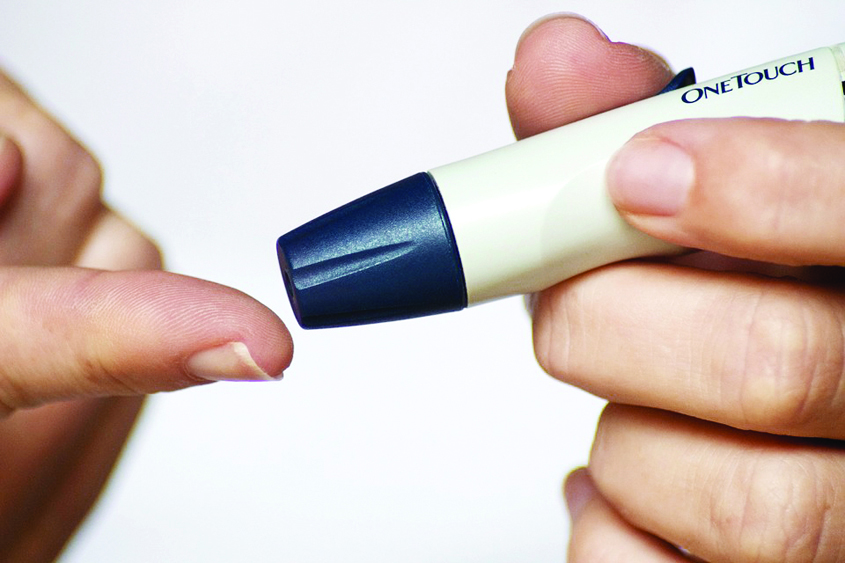Researchers have developed artificial cells that can automatically release insulin into the bloodstream when glucose levels rise.
In the study, a single injection of the artificial beta cells into diabetic mice lacking beta cells, quickly normalised the animals’ blood glucose levels and kept those levels normal for up to five days. The new “artificial beta cells”, which can be inserted into patients subcutaneously, or by a painless and disposable skin patch, mimic the functions of the body’s natural glucose-controllers, the insulin-secreting beta cells of the pancreas.
The loss or dysfunction of these cells causes Type 1 diabetes and many cases of Type 2 diabetes, treatment of which has long required painful and frequent insulin injections or a mechanical insulin pump for insulin infusion.
“Our plan now is to further optimise and test these synthetic cells in larger animals, develop a skin patch delivery system for them, and ultimately test them in people with diabetes,” said lead investigator Zhen Gu, Professor at the University of North Carolina in the US.
The artificial beta cells, detailed in the journal Nature Chemical Biology, are constructed with a simplified version of a normal cell’s two-layered lipid membrane.
They contain specially designed, insulin-stuffed vesicles.
A rise in blood glucose levels leads to chemical changes in the vesicle coating, causing the vesicles to start fusing with the artificial beta cells’s outer membrane—thus releasing the insulin payloads.
“This is the first demonstration using such a vesicle fusion process for delivering insulin that employs insulin-containing vesicles like those found in a beta cell and can reproduce the beta cell’s functions in sensing glucose and responding with insulin ‘secretion’,” explained Zhaowei Chen, PhD, postdoctoral student at the university. IANS

